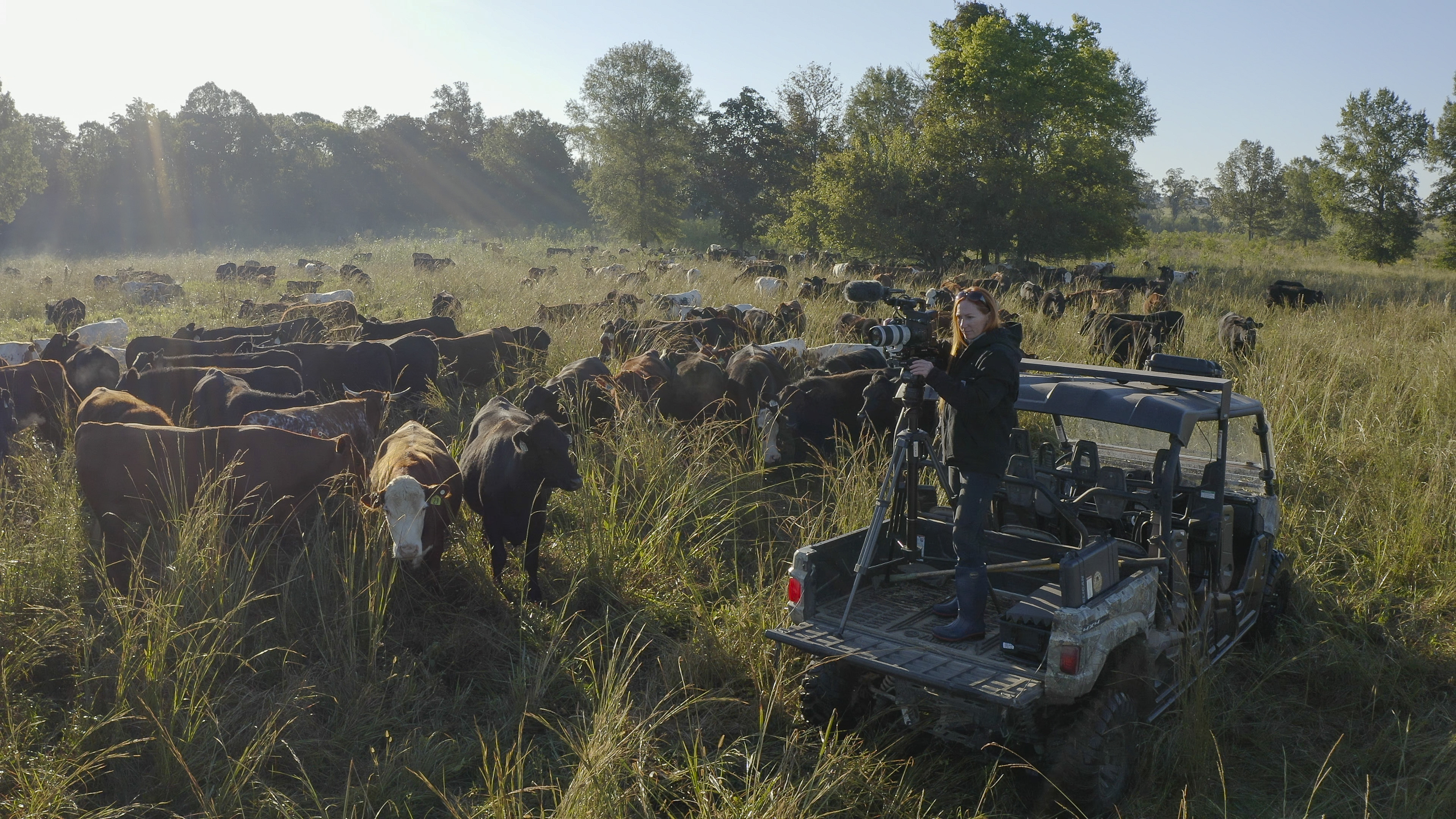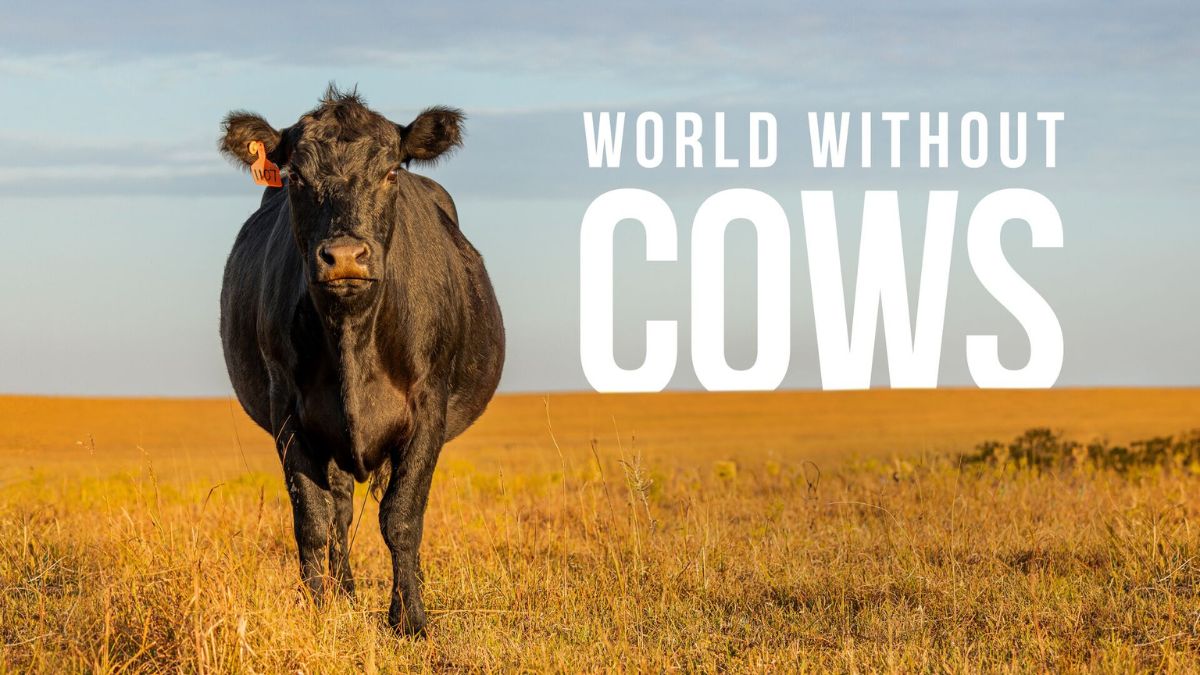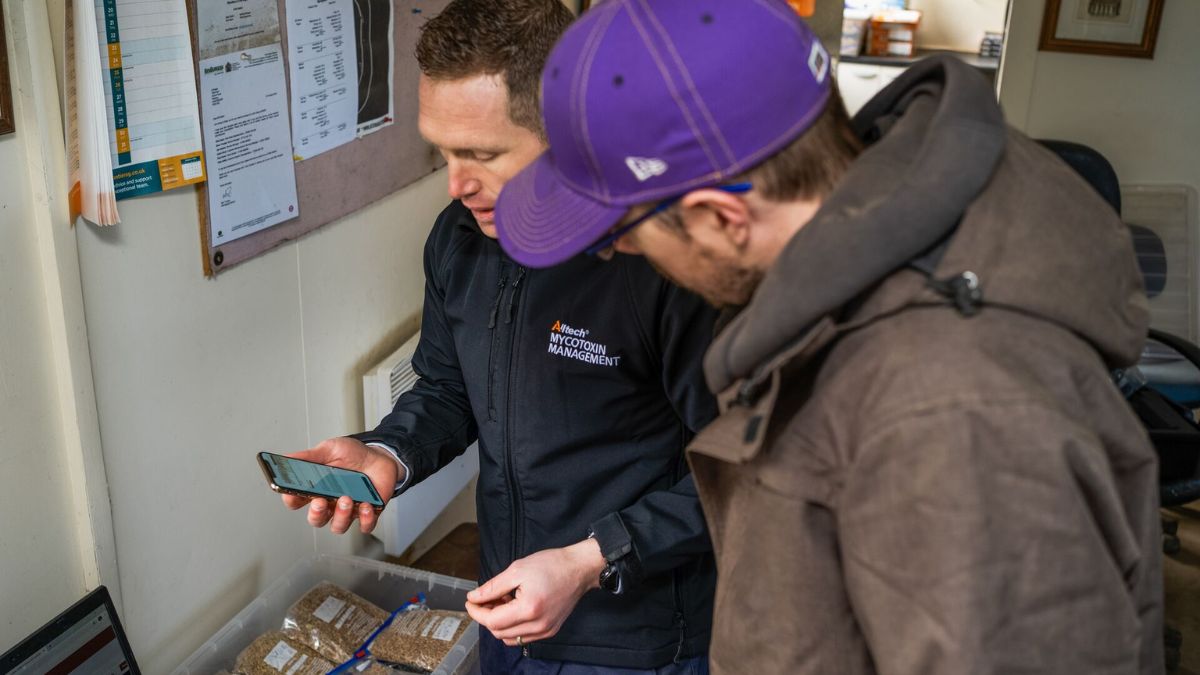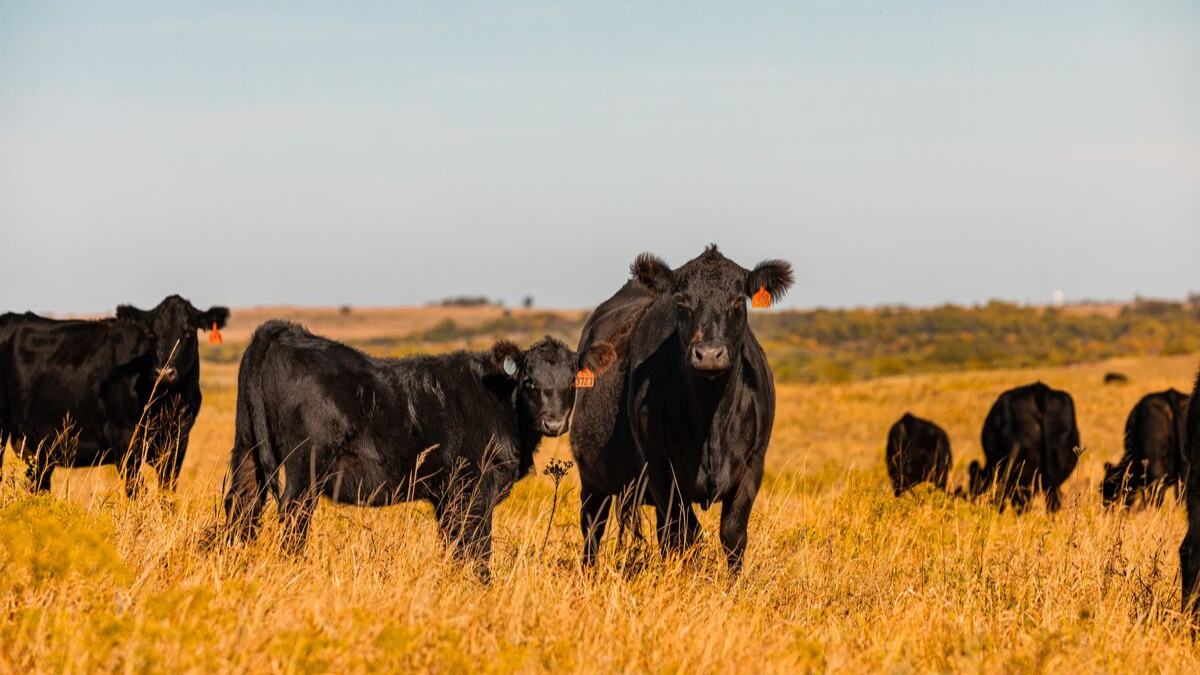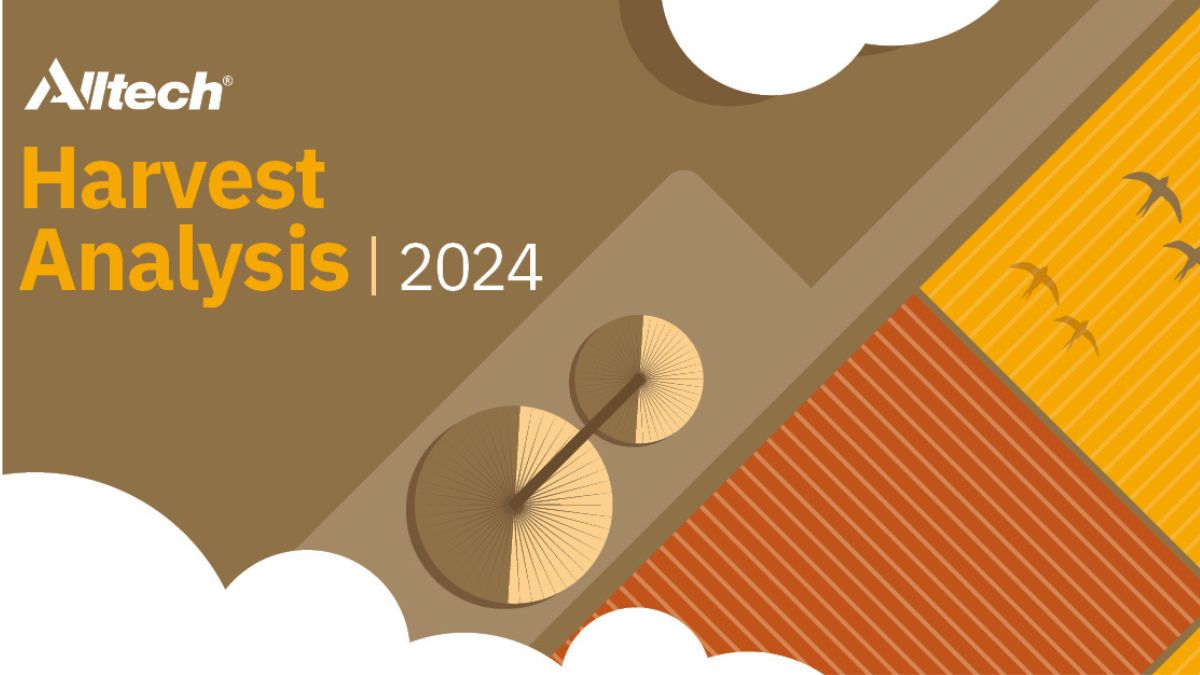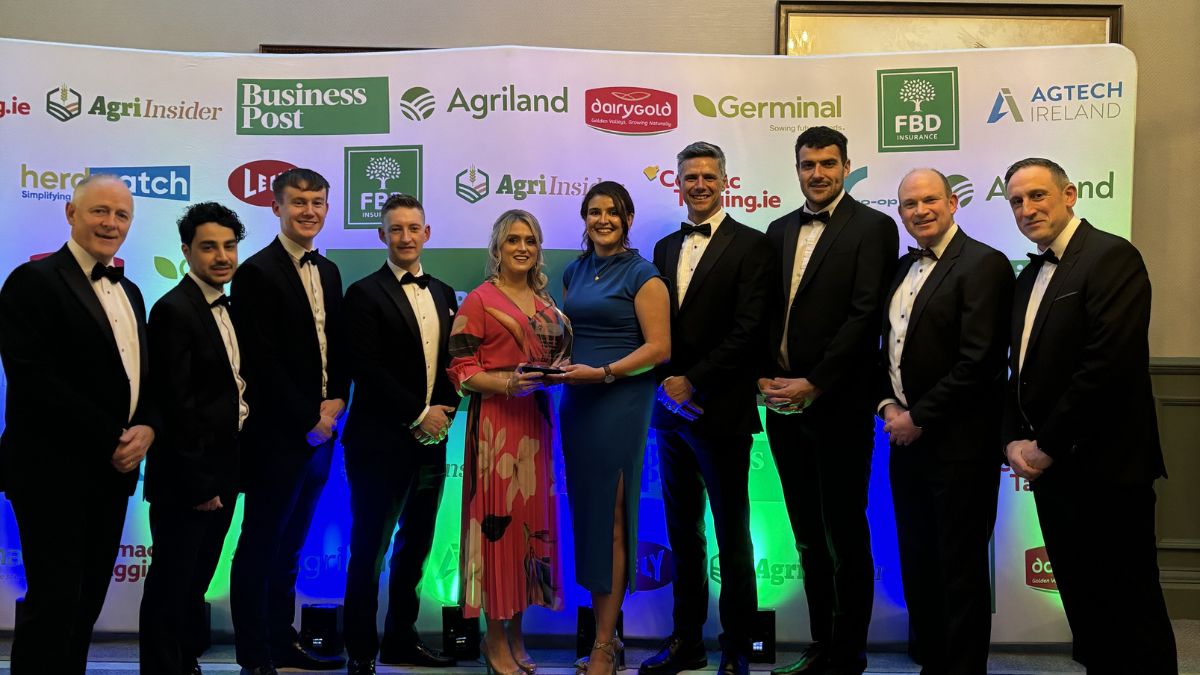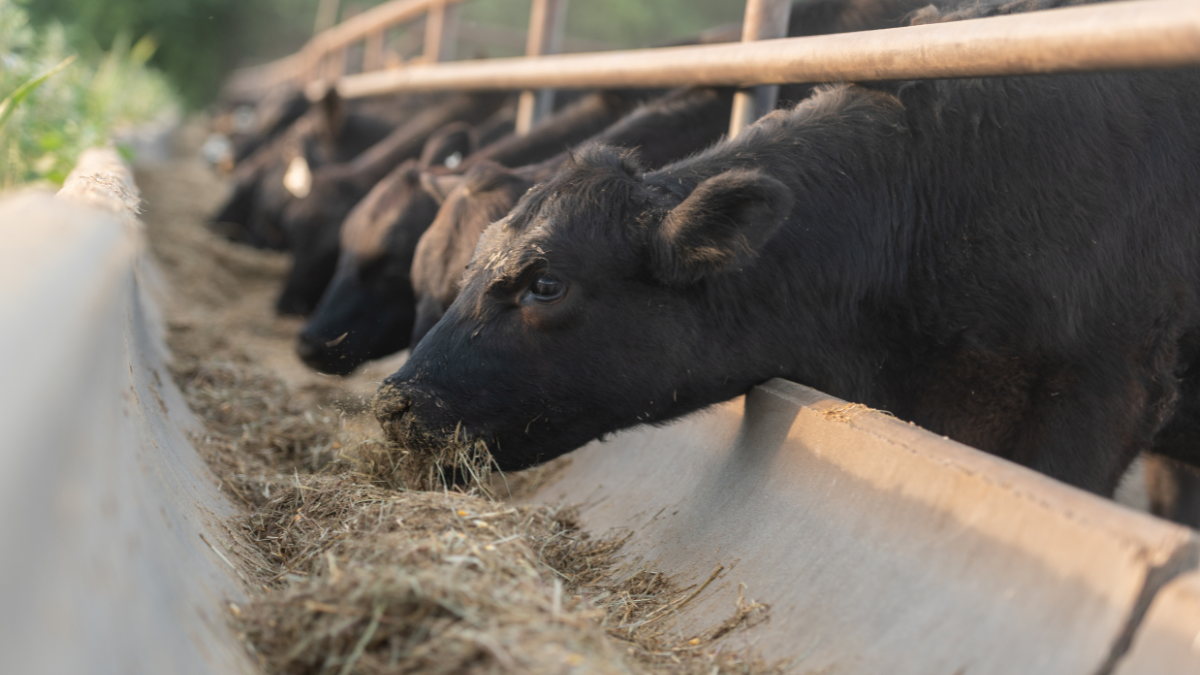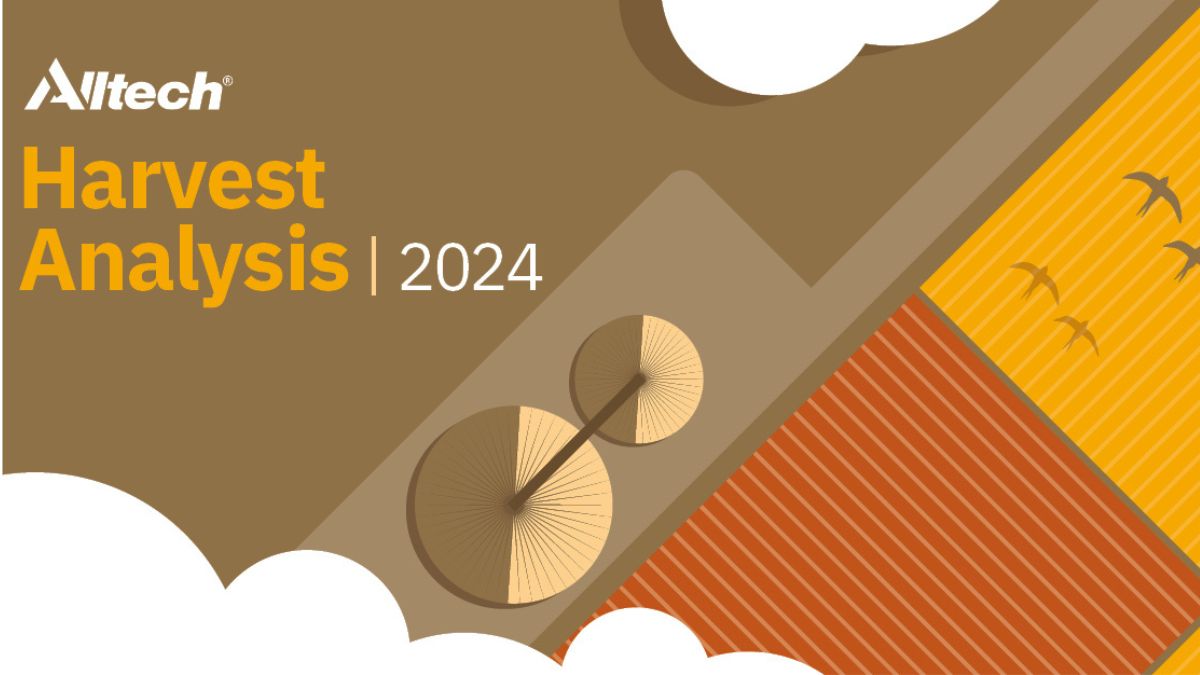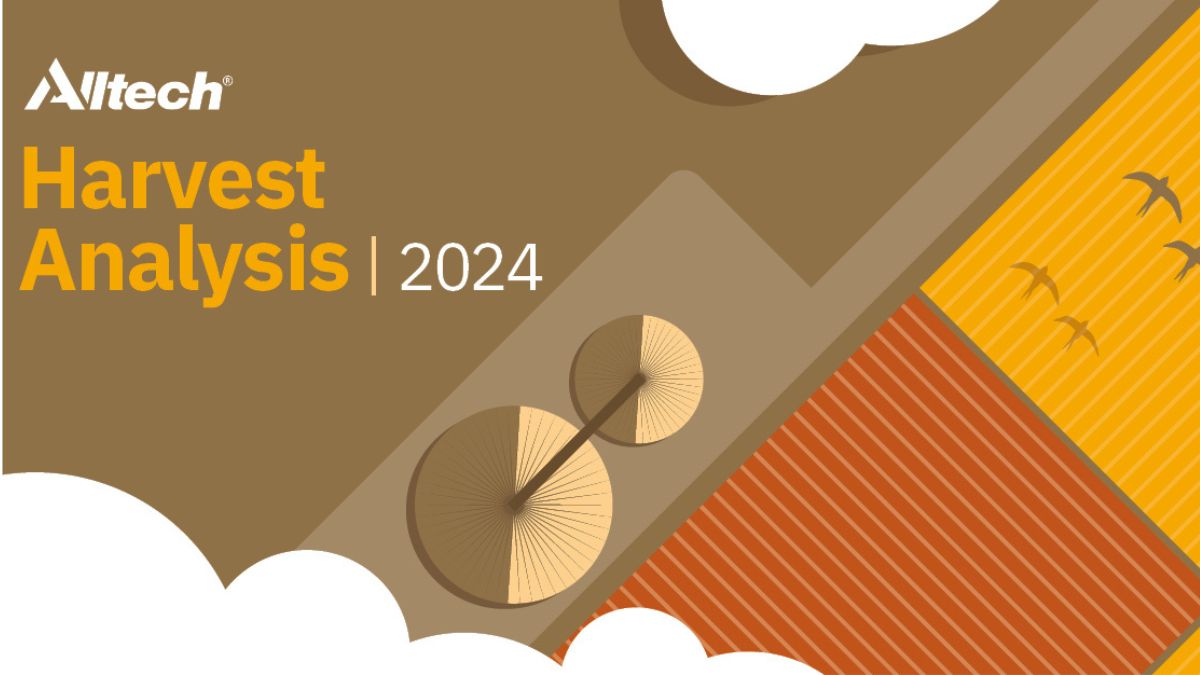Alltech’s validated chelation assay continues to ensure trace minerals meet regulatory requirements
[DUNBOYNE, Ireland] – Alltech is a global leader in animal nutrition, backed by 45 years of scientific research. The company produces premium feed additive products and works with global regulatory agencies to meet their requirements. For more than a decade, the company’s attenuated total reflectance Fourier transform infrared spectroscopy (ATR–FTIR) chelation assay has been relied upon by the industry to ensure that only the highest-quality products enter the market, to ensure fair market competition, and to prevent feed additive fraud.
“With new trace mineral chelate products continuously being developed, in addition to products with increased mineral concentration, the use of validated assays such as that developed by Alltech will ensure that such chelates meet EU regulatory requirements,” said Dr. Colm Moran, chief regulatory officer at Alltech. “This further adds to their safety and efficacy characteristics. Apart from enabling producers to meet regulatory requirements, assessment of such chelates via this assay will enable the EU to combat feed additive fraud. In doing so, the EU can further protect its agricultural sector by upholding standards through robust monitoring and rigorous enforcement of regulations.”
The process of complexing or chelating elements such as zinc or manganese to generate a trace mineral chelate typically involves reacting inorganic mineral salts with a suitable bonding group such as a peptide or amino acid, after which the mineral becomes part of a biologically stable structure. The chemistry behind chelation has created a great deal of confusion in the animal feed industry.
“Establishing the degree of complexation is important for both regulatory and practical purposes. Just as regulatory agencies require complete characterisation of medicinal products, similar data is necessary for trace mineral chelates to ensure their safety and efficacy,” said Dr. Richard Murphy, research director at Alltech. “If the metal ion is not complexed, its use will confer no additional benefit over that of a metal salt. Additionally, control methods allowing for the detection of products which are merely blends of carrier and inorganic salts are important to prevent the sale of fraudulent materials.”
In 2017, researchers at the Alltech European Bioscience Centre in Dunboyne, Ireland, assessed several different methodologies to determine the degree of metal complexation in commercially available chelates of protein hydrolysate (proteinates), thereby enabling more complete characterisation and control of these products. Potential methodologies which were identified included both the ATR–FTIR and powder X–Ray diffraction (PXRD). Both techniques are well established and widely available, and data can be acquired rapidly. They are also non-destructive, so that the same sample can be analysed by both methods in different laboratories.
Subsequent to this, the method was published under peer review (Cantwell et al., 2017) and made available to the industry as a whole, enabling other manufacturers to independently assess their own products. Additional work by Byrne et al., (2023) extended on the earlier work and validated the assay for use with higher concentration trace mineral chelates of protein hydrolysate.
The validated ATR-FTIR spectroscopy method is product specific, and while its use is applicable to the general class of chelates referred to by EFSA as “chelates of protein hydrolysate” (proteinates), the published assay has only been verified for the proteinate Bioplex®, produced by Alltech. As the characteristics of any proteinate will depend on the protein source used to produce the hydrolysate, the hydrolysis process, and the percentage of metal present, the assay will need to be validated and verified in a product-specific fashion.
“Product-specific assay validation is critical in this instance as the hydrolysis procedure plays a critical role in the production of proteinate products and varies greatly between manufacturers,” said Murphy. “As such, to obtain accurate data on the extent of chelation for specific chelate products, generation of appropriate standards and calibration curves, along with method verification and validation procedures, must be done for each specific product type.”
For more information about Alltech’s mineral management solutions, visit alltech.com/en-ie/mineral-management.
- Read more about Alltech’s validated chelation assay continues to ensure trace minerals meet regulatory requirements
- Log in to post comments

With new trace mineral chelate products continuously being developed, in addition to products with increased mineral concentration, the use of validated assays such as that developed by Alltech will ensure that such chelates meet EU regulatory requirements













